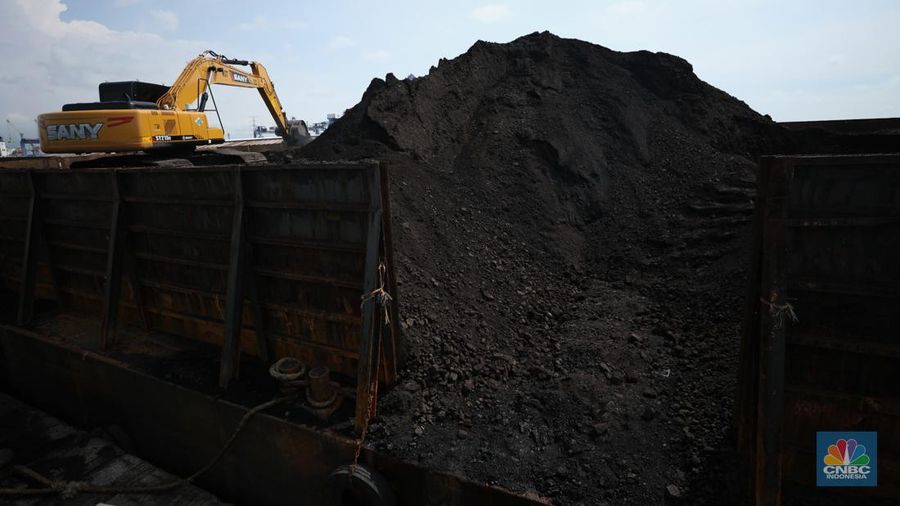
JAKARTA – The Reference Coal Price (HBA) for the November 2021 period has skyrocketed again. This month’s Reference Coal Price rose by 33% or US$ 53.38 per ton to a level of US$ 215.01 per ton from the previous month, which was US$ 161.63 per ton.
Agung Pribadi, Head of the Bureau of Communication, Public Information Services and Cooperation (KLIK) of the Ministry of Energy and Mineral Resources, said that this increase was influenced by the winter and the coal crisis experienced by China, which has an impact on global coal prices.
“This price is the highest Reference Coal Price level in decades. Demand from China continues to increase following the onset of winter and bad weather conditions have disrupted coal production and transportation activities in coal-producing provinces,” said Agung, Monday (8/11).
Other commodity factors, according to Agung, are also influential, such as the increase in natural gas prices which also have an influence in determining global coal prices. “Supercycle still has the influence of pushing up basic commodity prices as a result of the new global economic growth post-pandemic,” said Agung.
Reference Coal Price itself continues to experience an extraordinary rally throughout 2021. Opened at the level of US$ 75.84 per ton in January, Reference Coal Price increased in February to US$ 87.79 per ton, briefly falling in March to US$ 84.47 per ton. Furthermore, it continues to rise in a row until November 2021. In detail, April was at US$ 86.68 per ton, then in May to US$ 89.74 per ton.
In June it was at US$ 100.33 per ton, in July it was at US$ 115.35 per ton, then in August it was at US$ 130.99 per ton, September was at US$ 150.03 per ton, and in October it was at US$ 161.63 per ton.
For information, Reference Coal Price is the price obtained from the average index of the Indonesia Coal Index (ICI), Newcastle Export Index (NEX), Globalcoal Newcastle Index (GCNC), and Platt’s 5900 in the previous month, with quality equivalent to 6322 kcal/kg GAR calories, Total Moisture 8%, Total Sulphur 0.8%, and Ash 15%.
There are two derivative factors that affect the movement of Reference Coal Price, namely supply and demand. In terms of supply derivatives, it is influenced by season (weather), mining techniques, supplier country policies, and supply chain technicalities such as trains, barges, and loading terminals.
“Meanwhile, the demand derivative factor is influenced by declining electricity demand, which correlates with industrial conditions, import policies, and competition with other energy commodities, such as LNG, nuclear, and hydro,” said Agung.
Later, this November Reference Coal Price will be used to determine the price of coal at the point of sale on a Free On-Board basis on a carrier vessel (FOB Vessel) for the next one month. (RI)




